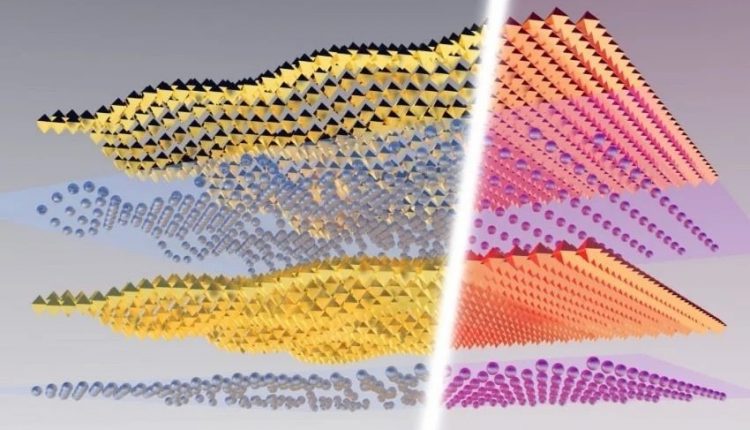Will we see 3D printed solar batteries soon? – 3D natives
Oak Ridge National Laboratory (ORNL) researchers have made a new discovery! This time, scientists were interested in perovskites, a mineral originally thought to be a crystal of calcium, titanium and oxygen, but now referenced to other metallic components with an identical crystal structure. In recent years, perovskites have been popular for their ability to convert sunlight into electrical energy. Now, ORNL researchers have developed new ways to design parts from this material, including additive manufacturing. In particular, they are investigating how 3D printing and perovskites can be combined to work towards a new generation of solar batteries.
The team behind the study believes that, thanks to their different production methods, they can produce more efficient and robust photovoltaic devices, thereby helping to lead the way towards cleaner, more reliable energy sources. An important consideration as the threat of global warming becomes more evident around the world. In particular, Olga Ovchinnikova, co-author of the study, talks about the benefits of additive manufacturing with the materials, commenting: “We can use 3D printing to make wearables, put them on cars and really democratize the use of perovskite solar cells. You could put them anywhere.” According to Olga Ovchinnikova, it would not be surprising that 3D technologies would play a big role in this field in the future.
Photo credit: Oak Ridge National Laboratory
Why perovskites?
Although 3D printing has been used extensively at ORNL in recent years, the question remains, why AM and perovskites? Well, as mentioned earlier, one of the main reasons researchers are studying this material is its conversion efficiency. Currently, standard solar cells based on multicrystalline silicon have reached a peak conversion efficiency of around 23%, and it seems that perovskites could surpass this. Although the researchers don’t mention what the conversion rate might be, they note that studies have shown that the material has revealed its potential to offer “untapped reservoirs of energy from light.”
In addition, perovskite is also an attractive material for researchers because of its lightness, flexibility and low price. Because of these properties, it is possible to design thin films that can cover any type of surface. In this case, it is evident that additive manufacturing could offer great benefits, especially thanks to its ability to produce parts with complex geometries.
Currently, however, some limitations do not allow full democratization of perovskite. Compared to silicon, the mineral degrades much faster, making it less durable. And that is now the challenge for ORNL scientists. Ovchinnikova concludes: “Now that we better understand some of the fundamental physics involved, we are investigating how to design and improve the materials to enhance their photovoltaic effects. We can think about the next level.” You can read more about this HERE in the press release or HERE in the publication “Ferroic Halide Perovskite Optoelectronics”.
What are your thoughts on using perovskites and AM to make better solar batteries? Let us know in a comment below or on our Linkedin, Facebook and Twitter pages! Don’t forget to sign up for our free weekly newsletter here, the latest 3D printing news straight to your inbox! You can also find all our videos on our YouTube channel.



Comments are closed.